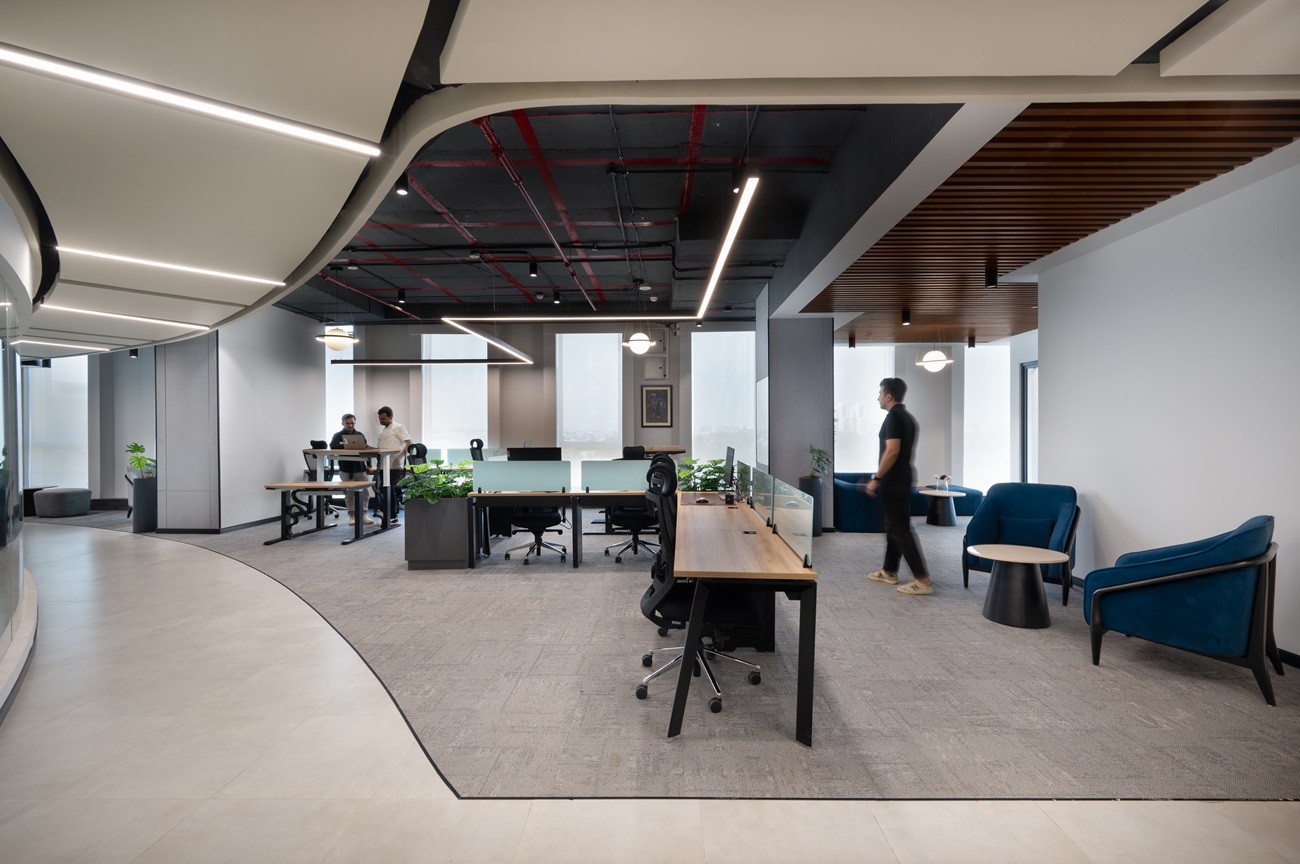Effort toward developing a sustainable office space is paramount for firms with an interest in the conservation of the environment. Thus, it is crucial to remember that functionality and comfort must not suffer in the pursuit of achieving these elements. So, a balance has to be achieved in terms of concepts and targets of design and planning to achieve success in all these fields.
In this article, an attempt has been made to expound on the nuances of sustainable contemporary interior design and factors to be taken into account while designing an environment-friendly, effective, and efficient office building.
Energy Efficiency
Energy efficiency is one of the key aspects of the top innovative architectural designers that can define the ability of an office to be sustainable. Some strategies to reduce energy consumption include:
- Some of the ways of reducing energy consumption include replacing sources of light such as bulbs with energy-efficient sources like LED bulbs and making use of natural light through windows or skylights where possible.
- Refrigerators, freezers, and any other office equipment that can be replaced with an ENERGY STAR-labeled model.
- Controlling lighting, including using smart lighting and occupancy sensor schemes.
- In walls, ceilings, and pipes, proper insulation is needed in order to avoid heat losses.
- Moreover, installing solar panels is another way of investing in renewable energy sources.
Water Conservation
Water is a precious resource, so implementing water reduction tactics with the aid of an office space designer is crucial:
- Fit shower heads, faucets, toilets, and urinals with low-flow technology.
- Sole rainwater is to be used for purposes such as watering plants in the compound.
- Co-remind employees on the need to report any leakage as soon as possible.
- One option to reduce overall water use is to incorporate a greywater system that can recycle water in the facility.
Indoor Environmental Quality
A well-lit and powered office makes no sense if individuals are sick or have poor ergonomic conditions to sit or stand at work. Key elements to ensure good indoor environmental quality are:
- The best way to make sure the place has proper air circulation, and for added benefits, is to use indoor plants.
- Allow the interior to be filled with natural light and have an opportunity to get a glimpse of the outside world.
- Employ those materials and finishes that emit low or no Volatile Organic Compounds (VOCs).
- Hire and develop green cleaning policies and implement non-hazardous items.
- Keep the temperature and humidity levels of the location to tolerable standards.
- For a successful focus work, design areas free of noise.
Layout and Design
The physical layout from the leading modern architecture designer and the design aesthetic of a sustainable office also matter:
- Develop working areas that support interactivity.
- Select furniture arranged in modular form since they can be rearranged to suit changes in organizational layouts.
- Structure the different areas to accommodate quiet work and group work meeting areas.
- This entails the adoption of sustainable and recycled building materials.
- Add living walls or vertical garden elements.
- Place a refurbishing bar with candid eats.
Technology Integration
Lastly, technology plays a major role in creating an efficient and environmentally friendly workplace:
- Use devices such as occupancy sensors, light-switch sensors, timers, thermostats, and other smart technologies to control the lighting systems.
- Ensure customers avail of high-speed WiFi at a fast and dependable rate across.
- Support mobile work arrangements like hot desking by adopting cloud computing.
- Please set standard printers to duplex and print in black and white.
- Encourage people to use electronic means to share files instead of using the traditional printing method.
Key Areas to Focus
Reception Area
- Professional, clean lines with environmental elements and sustainable furniture.
- Energy-saving digital signage is one of the solutions.
Individual Workstations
- Stand-up desks and chairs with provision for adjustable postures.
- Natural light and ventilation or any form of connectivity with the outside environment.
Meeting Rooms
- High-tech audio & video equipment to support the hybrid or virtual type of sessions.
- Sound insulation and Absorbent wall panels help reduce sound reflection.
Breakout Spaces
- Relaxation and socialization areas that are not planned and controlled.
- Natural lighting and the possibility of choosing plants as interior decoration.
Other Shared Areas
- Kitchen, dining area, lobby, living room.
- Design to foster cooperation and priorities as necessary.
- Florae, artifacts, and colors related to the company brand.
As seen, the development of an efficient yet eco-friendly office entails coordination among all the key drivers and the integration of knowledge in several fields, including facilities management, information technology, and sustainable architecture in Pune.
The Bottom Line
Designing green yet effective workplaces cannot merely design aesthetically pleasing buildings or structures but rather a complex mission. Thus, following the strategies outlined above, it is possible to construct offices corresponding to brand values and, at the same time, implement sustainable measures.
To achieve this vision, working with sustainable architectural designers such as Studio AsA can be very fruitful. Studio AsA focuses on creating contemporary interior design and commercial architectural services, offering practical and aesthetically appealing offices while maintaining an ecological approach.


YOUR COMMENT